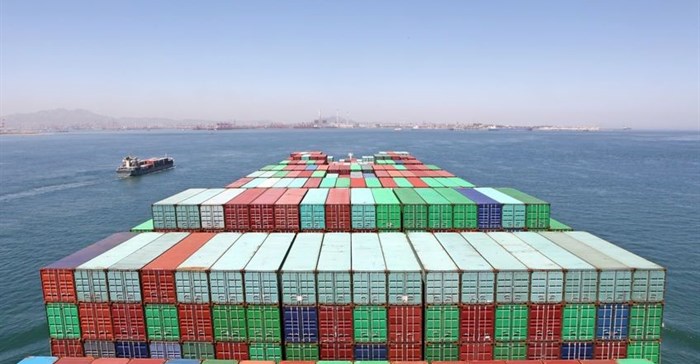
A centre of gravity analysis performed by multinational Arup, has plotted the optimised use of containers in Gauteng. Key to this analysis was establishing where inland terminals should be developed to ensure last mile transport costs - the most expensive part of any supply chain - are as cheap and efficient as possible. The importance of this is said to be evidenced by the fact that it costs more to move a shipping container from City Deep in Johannesburg to Pretoria than it does to move the same container from Durban to Johannesburg.
“We also have too much rail-friendly cargo on road,” says logistics expert, Gerard de Villiers, who presented ‘Improving Competitiveness of Companies in South Africa through Logistics and Supply Chain Management’, during the 36th annual Southern African Transport Conference.
“One glaring example of this is the copper transported 2,500km from the Democratic Republic of Congo by road, to Durban.” De Villiers believes the real challenge in the Durban port has to do with the port precinct. “If we want to solve the congestion challenges at the Durban port, we need to move and extend the gate to places like Cato Ridge - or further away - where a shuttle could take containers in and out of the port,” he said.
Continuing, he said the country must be careful as to how it plans the Natal Corridor (Natcor) to accommodate future freight volumes. “I believe we need to look at Coega, which could service Gauteng. We could park bigger vessels in Ngqura and double-stack containers to Gauteng. Maybe we need to start thinking about Walvis Bay, with two 12-metre containers (road trains) serving Gauteng, rather than putting everything through Durban.”
He pointed out that BMW South Africa used the Cape Town port for its Rosslyn-bound containers, instead of Durban, despite the elongated distance.
“We can also do so much better as Southern Africa if we start bringing in Maputo and other regional ports. That is the type of thinking we need and where we should be going,” he said.